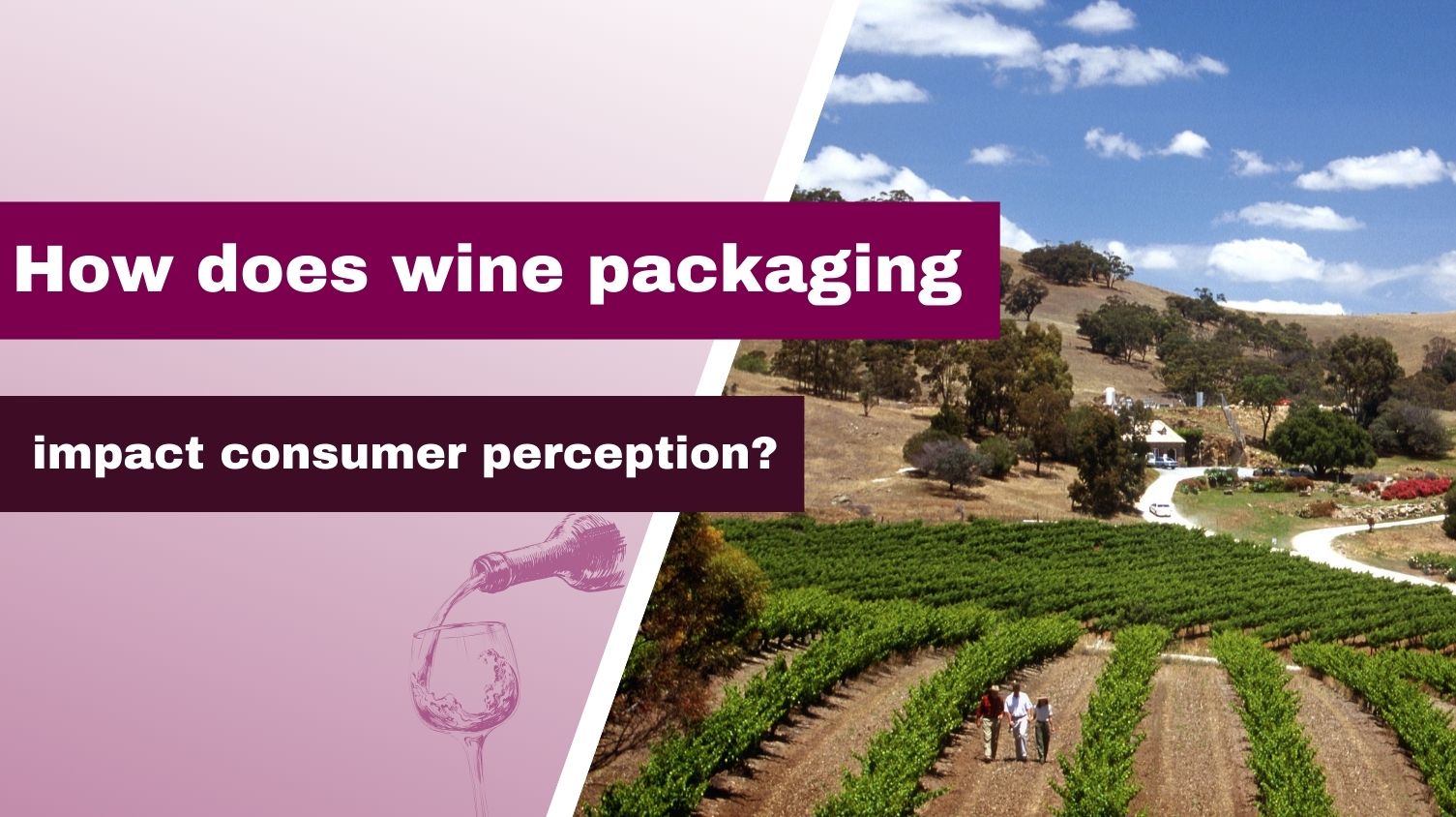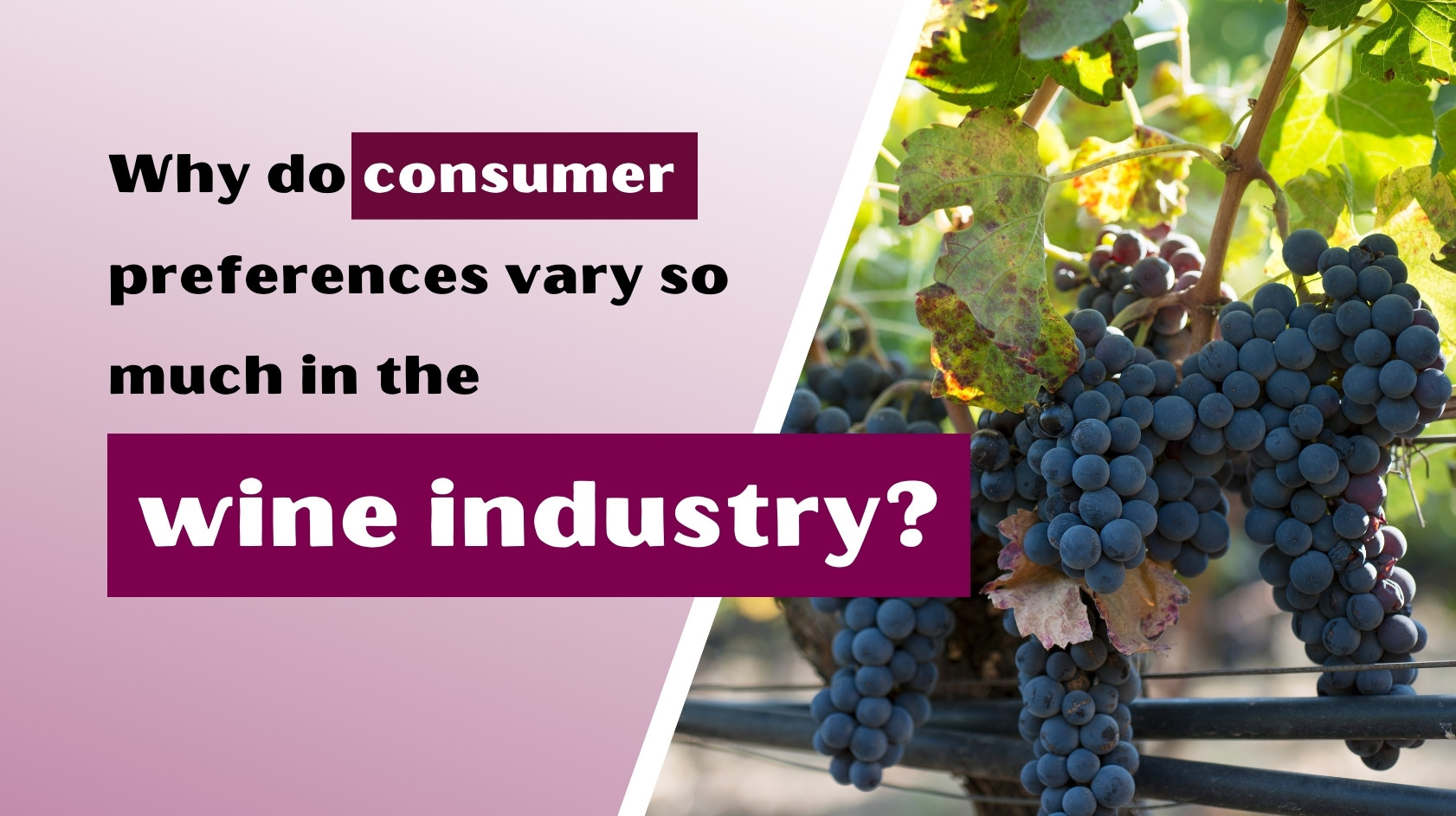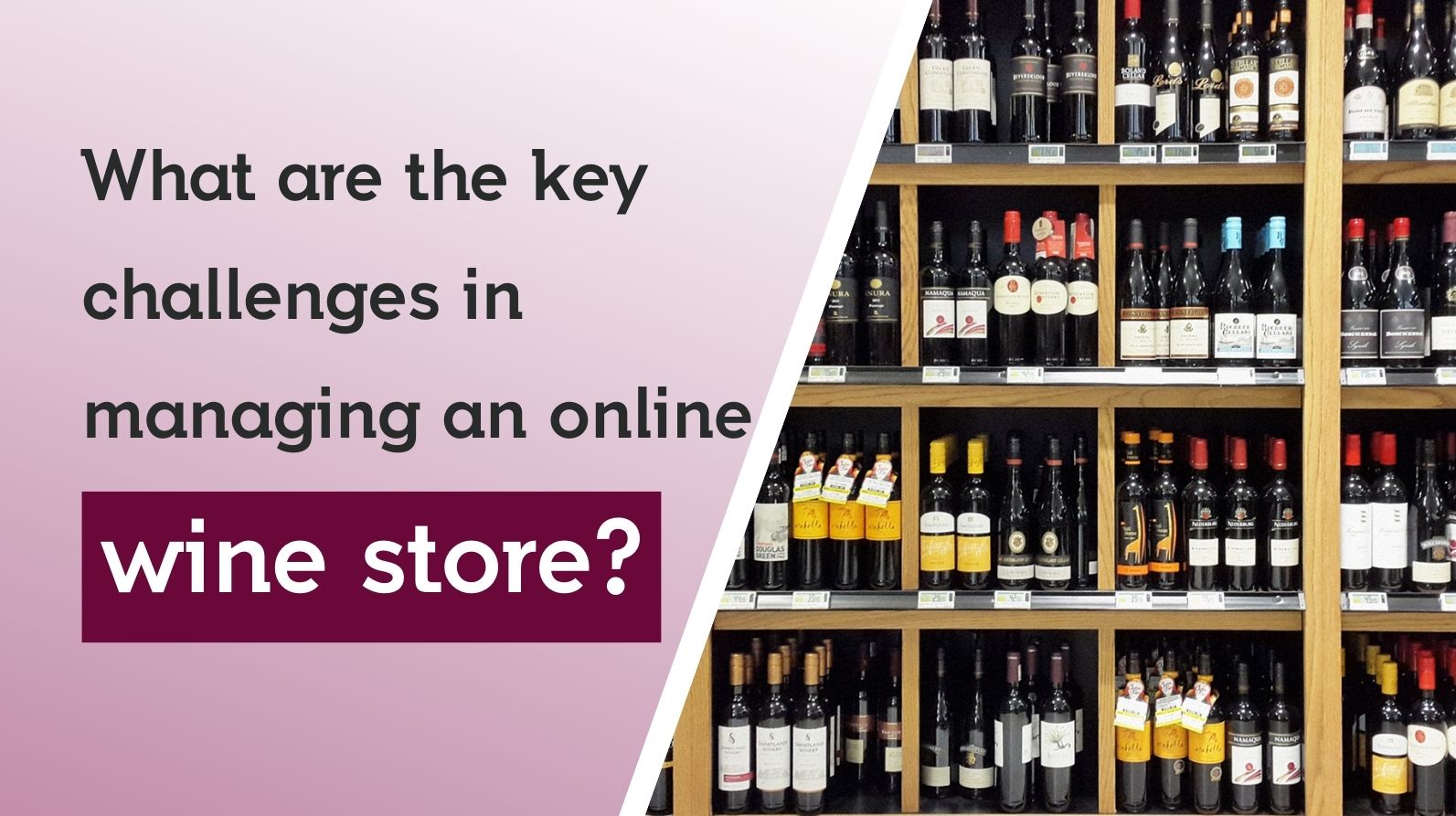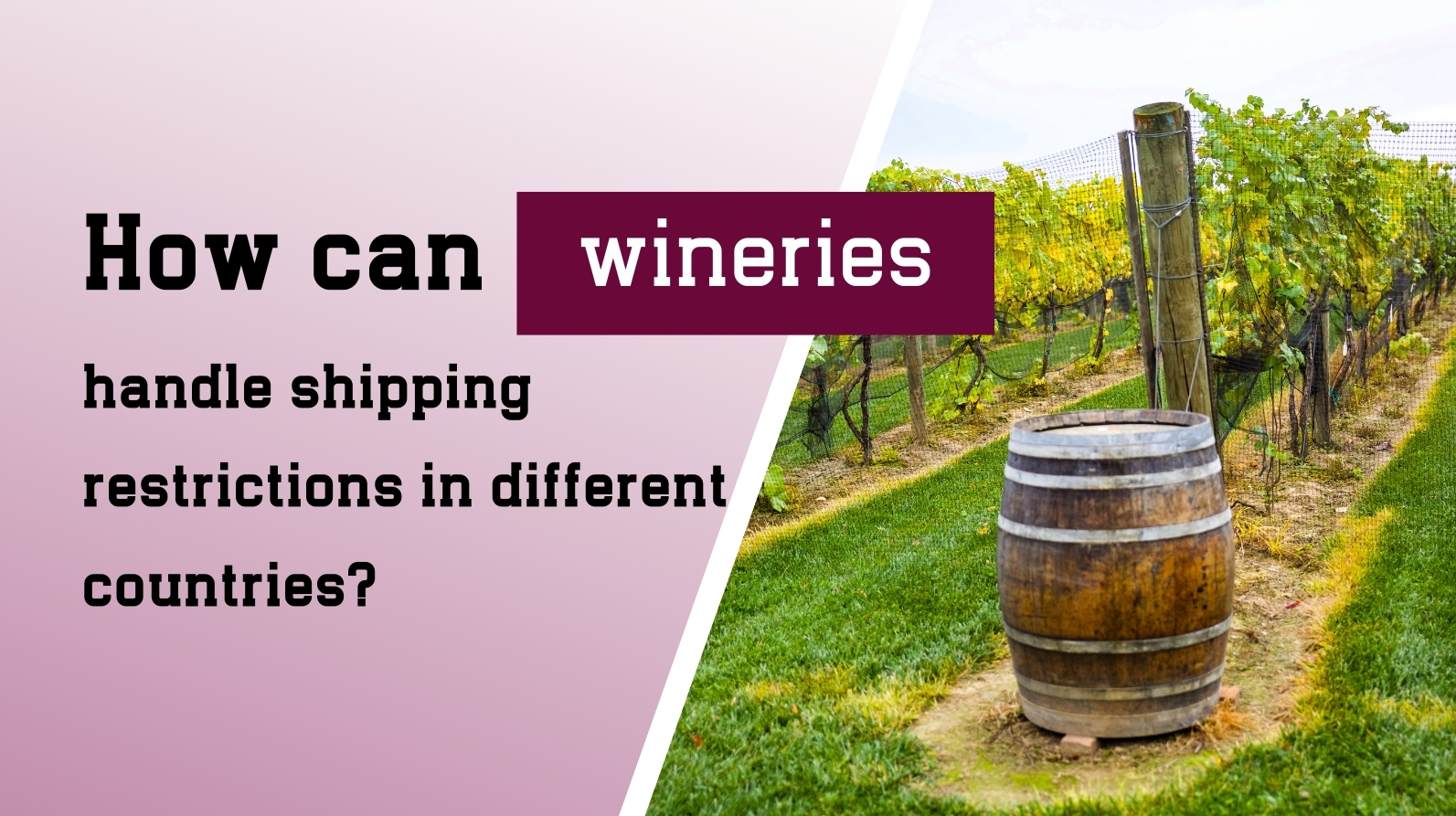How Wineries Can Leverage Customer Feedback to Enhance Their Products
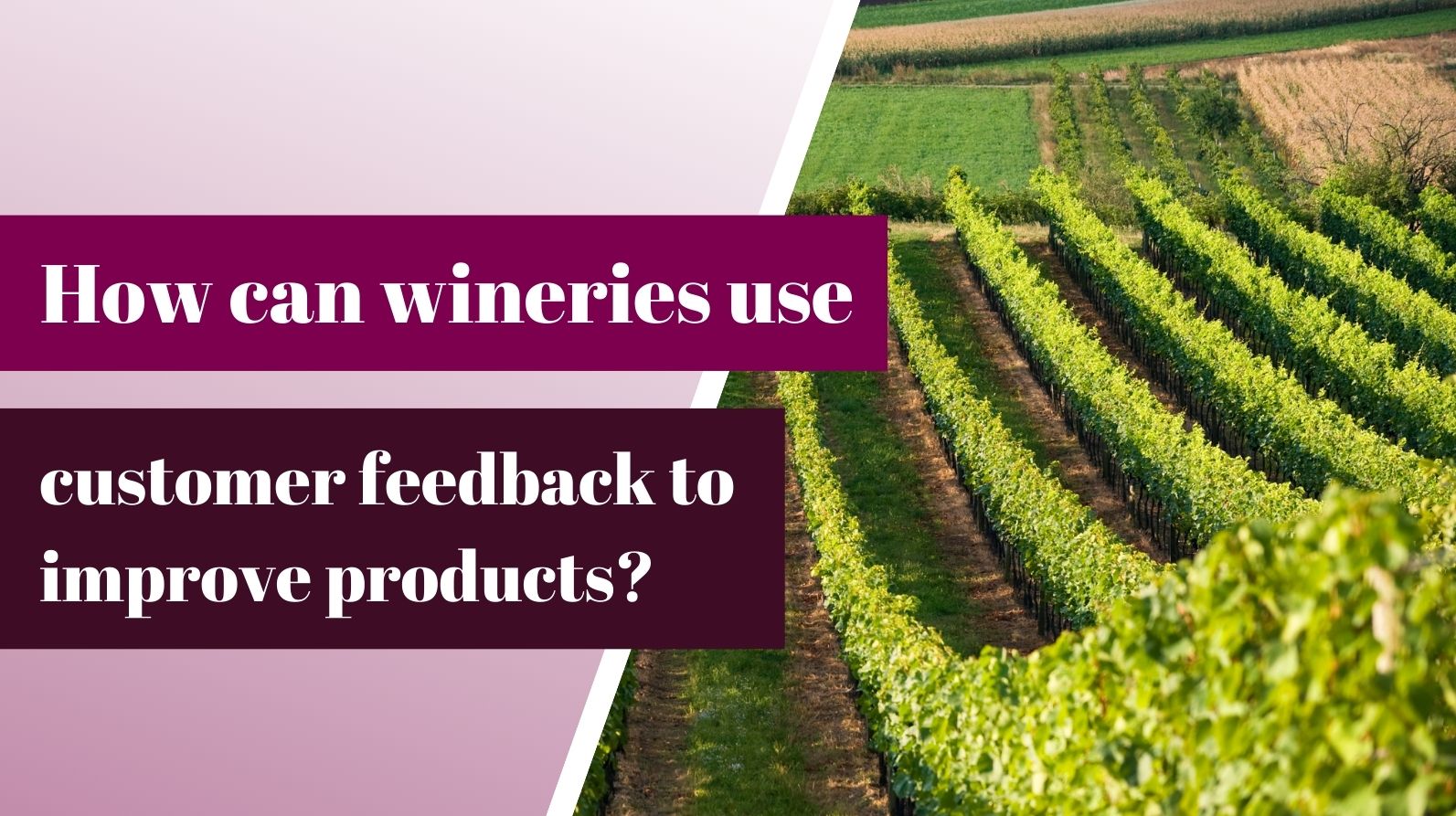
In today’s competitive wine industry, just making good wine isn’t enough. Wineries must also understand what their customers really want. One of the best ways to do that is by listening to customer feedback. Customer feedback is like a guide—it tells wineries what they’re doing right and what they can do better. When wineries pay attention to this feedback, they can improve their wines, offer better service, and build stronger relationships with their guests. Let’s explore how wineries can collect, understand, and use feedback to grow and succeed.
Why Customer Feedback Matters in Winemaking
A Direct Window into Customer Preferences
Customer feedback gives wineries a clear picture of what people enjoy and what they don’t. This could be about the taste of the wine, the service at the tasting room, or even the look of the label. Instead of guessing, wineries get real opinions from real customers.
Building Stronger Customer Relationships
When wineries listen and respond to customer input, people feel valued. They’re more likely to return and even recommend the winery to friends. This creates trust and loyalty, which is super important in the wine world.
Simple Ways to Collect Customer Feedback
Talking to Visitors at the Tasting Room
Face-to-face conversations during wine tastings are a goldmine for feedback. Visitors often share their thoughts freely, and staff can ask follow-up questions. This type of feedback is personal and often very honest.
Sending Out Digital Surveys After Visits
After a visit, sending a quick survey by email can help gather detailed feedback. Keep the questions short and easy to answer. Ask about the wines, the staff, and the overall experience. People are more likely to respond if it takes only a few minutes.
Reading Online Reviews and Social Comments
Websites like Yelp, TripAdvisor, and even Instagram are full of useful feedback. People often leave reviews or post photos and comments about their experiences. Wineries should keep an eye on these platforms to see what people are saying.
Using Feedback Cards for Quick Thoughts
Small comment cards in the tasting room let visitors share their opinions without having to talk. Some people feel more comfortable writing down their thoughts. This can lead to honest, helpful suggestions.
Turning Feedback Into Actionable Insights
Spotting Patterns and Common Suggestions
Once the feedback is collected, the next step is to look for patterns. If many customers mention the same issue—like poor lighting or confusing wine descriptions—it’s probably something that needs fixing.
Deciding What to Fix First
Not every suggestion needs to be acted on right away. Wineries should focus on changes that will make the biggest difference for most people. Fixing common issues or adding popular features can quickly improve the overall experience.
Letting Customers Know You Listened
If a winery makes a change based on feedback, they should share that news! Post about it online, mention it in newsletters, or tell visitors during tastings. This shows customers that their voice matters—and that builds trust.
Real Benefits of Listening to Customer Feedback
Making Better Wine That People Love
Feedback can help winemakers adjust flavors, blends, or even packaging to better match what people enjoy. Over time, this leads to wines that customers are more excited to buy.
Creating a Better Experience at the Winery
Suggestions about things like seating, music, lighting, or service can help create a more comfortable and enjoyable visit. A better experience makes people want to come back.
Winning Customer Trust and Loyalty
When customers see that their feedback leads to real changes, they feel valued. This loyalty often leads to repeat visits and even word-of-mouth referrals, which is great for business.
Case Study: How One Winery Used Feedback to Succeed
A small winery received many comments about the lack of comfortable seating in their tasting room. Some guests said they didn’t stay long because there was nowhere to relax. The winery decided to add cozy chairs and small tables.
The result? People started staying longer, buying more wine, and even joining the wine club. Just one change—based on customer feedback—made a big difference in sales and satisfaction.
Frequently Asked Questions (FAQs)
1. Why is customer feedback important for wineries?
It helps wineries understand what customers like or dislike, so they can make better wine and improve the overall experience.
2. How can wineries collect customer feedback?
They can use surveys, talk to guests during tastings, read online reviews, and use comment cards.
3. What kind of feedback should wineries focus on?
Look for patterns. If many people mention the same thing—good or bad—it’s worth paying attention to.
4. How do wineries benefit from using feedback?
They can improve product quality, boost customer satisfaction, and build stronger relationships.
5. Should wineries respond to online reviews?
Yes. Responding to reviews—especially negative ones—shows professionalism and a willingness to improve.
6. How can feedback help with wine sales?
Happy customers are more likely to buy again and tell others. That means more sales and more loyal fans.


